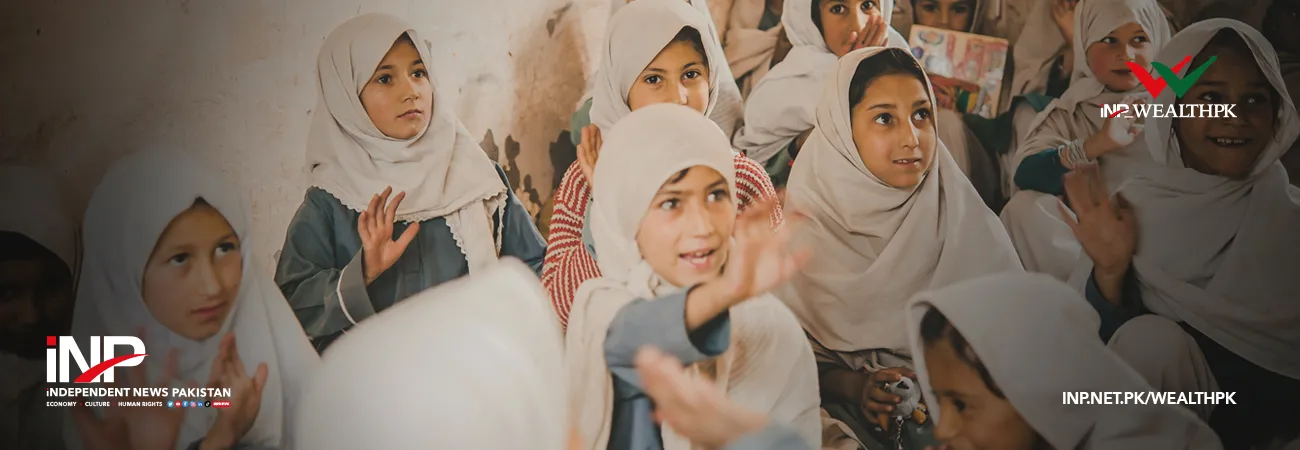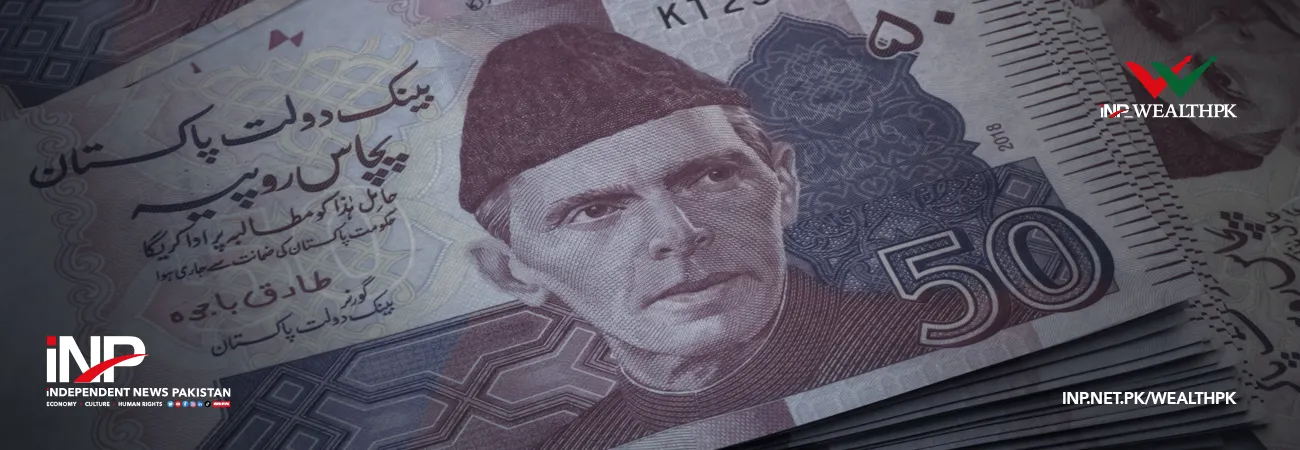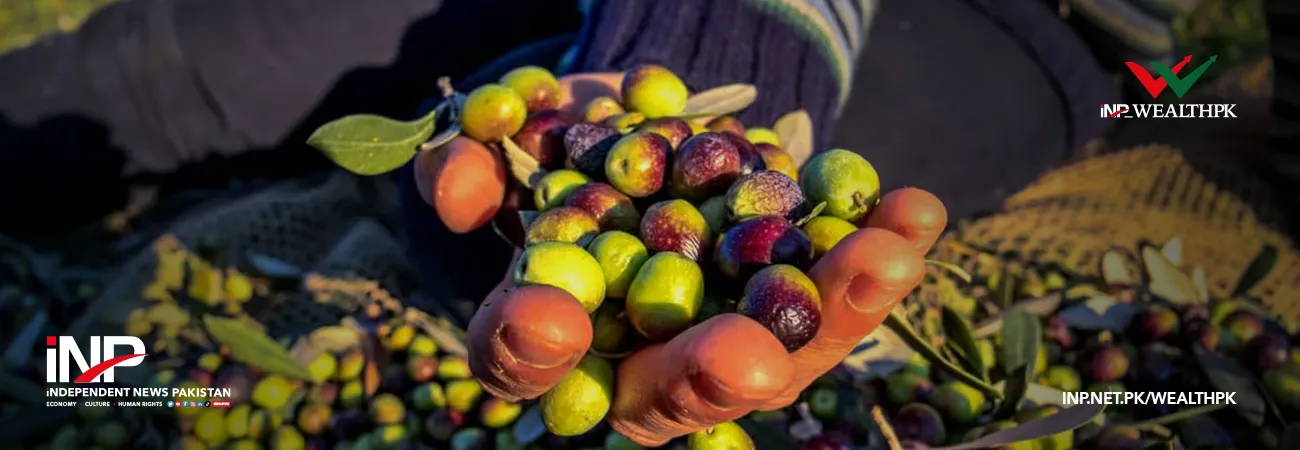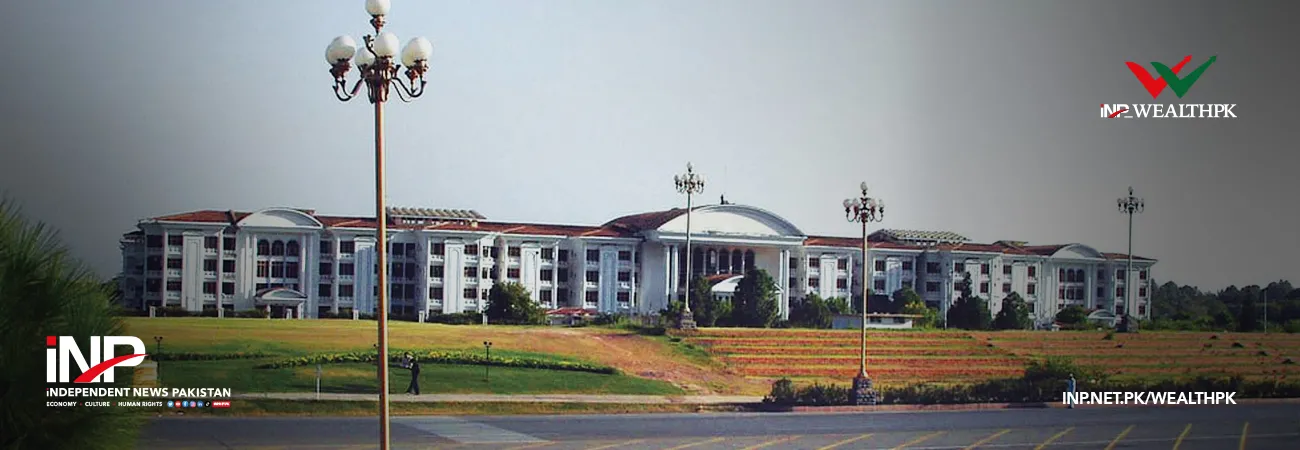INP-WealthPk
Azeem Ahmed Khan
Girls' education offers numerous socio-economic benefits for Pakistan, and fostering it should be a priority for the country. Evidence suggests that countries with a higher number of educated girls experience faster economic growth, and the saying, "If you educate a man, you educate an individual, but if you educate a woman, you educate a nation," emphasises the transformative power of girls' education. According to the Pakistan Economic Survey 2021-22, women in Pakistan constitute 49.37% of the total population, but the rate of girls' education remains low. At present, 12 million girls are out of school in Pakistan, with only 13% of girls reaching grade nine, observes Malala Fund, a non-governmental organisation. Promoting girls' education can accelerate socio-economic development in Pakistan while yielding other important benefits.
Education empowers girls with knowledge, critical thinking skills, problem-solving abilities, and the confidence to overcome challenges, thus making positive contributions to both the economy and society. In Pakistan, women have already demonstrated their capabilities as leaders in various fields, including teaching, medicine, engineering, law, and management. Therefore, it is essential to provide every girl with the opportunity to showcase her potential and contribute to the country's growth by engaging educated women in industry, technology, and finance sectors. One of the primary advantages of educating girls is job creation and increased productivity. Educated women are more likely to hold higher-paying and responsible positions and may even start their own businesses, leading to more job opportunities and reduced unemployment rates, thereby boosting socio-economic growth.
Labour Force and Employment Indicators (million)

Education also plays a crucial role in poverty alleviation. Educated women have access to better-paying jobs, which improves their quality of life and allows them to support their families financially. Successful businesswomen can also serve as role models, inspiring other women to establish their own businesses, leading to a more equitable society. According to Opportunity International EduFinance, for many parents in Pakistan, the most fundamental barrier to sending their children to school is poverty. Children -- usually girls -- are kept home to do housework in the family home or are employed as domestic workers. Girls' education has positive implications for health as well. Educated girls tend to take better care of their own health and that of their families.
They are equipped with knowledge to prevent health-related problems, resulting in healthier pregnancies and healthier raising of children. It is observed that teachers play a vital role in shaping future generations in any society. Pakistani women have proven to be responsible and effective teachers, nurturing and grooming the youth of the nation. Pakistan has become the 5th most populous country in the world. Educating girls can contribute to curbing population growth.
Girls who pursue higher education often marry later and prefer having smaller families, leading to a more sustainable population growth rate. Pakistan has one of the lowest literacy rates in the world. The situation is worse in the rural areas. The educated mothers, unlike uneducated mothers, do their best to educate their children at good schools. The following chart shows province-wise literacy rates of 10 years and older, youth and adults in percentage:
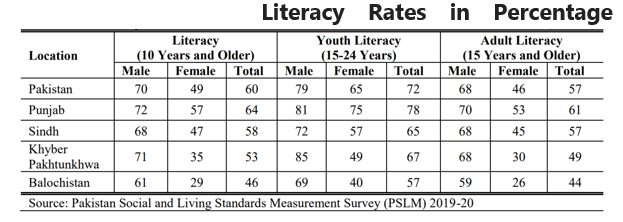
Unfortunately, several barriers hinder women's access to education in Pakistan, with financial constraints being a significant factor. "Poor economic conditions of families result in their inability to cover the hidden costs of schooling and forces many girls to help with income-generating or household chores," says Opportunity International EduFinance. To address gender inequality and promote girls' education, the government has implemented some measures such as establishing more girls' schools to encourage enrolment. According to Pakistan Economic Survey 2022-23, the government reserved 50% scholarship programmes for women.
Similarly, the government is also starting an Innovation Fund programme, through which women entrepreneurs will be encouraged and provided funds to run their businesses so that they can become role models for other women. According to the World Bank, "Pakistan has dramatically expanded enrolment for girls and boys in the last 14 years." Despite the government's efforts, there are still challenges to overcome. Poverty remains a major reason for girls not attending school. Although the government exempts school fees and provides textbooks, the expenses related to transport, and uniforms can be prohibitive for many families. Additionally, cultural norms and stereotypes contribute to boys being prioritised for education, while girls are often expected to marry and care for their families.
Education financing is a crucial aspect that needs improvement. Pakistan's education system remains drastically underfunded, with only 2.4% of gross domestic product (GDP) allocated to education, falling short of the government's commitment of 4%. This inadequate funding hampers efforts to ensure education for all and poses a barrier to achieving gender equality in education. In conclusion, investing in girls' education in Pakistan offers substantial socio-economic benefits and is vital for the country's progress. By providing equal opportunities and removing barriers, Pakistan can unleash the full potential of its female population and create a more prosperous and equitable society.
Credit: INP-WealthPk



